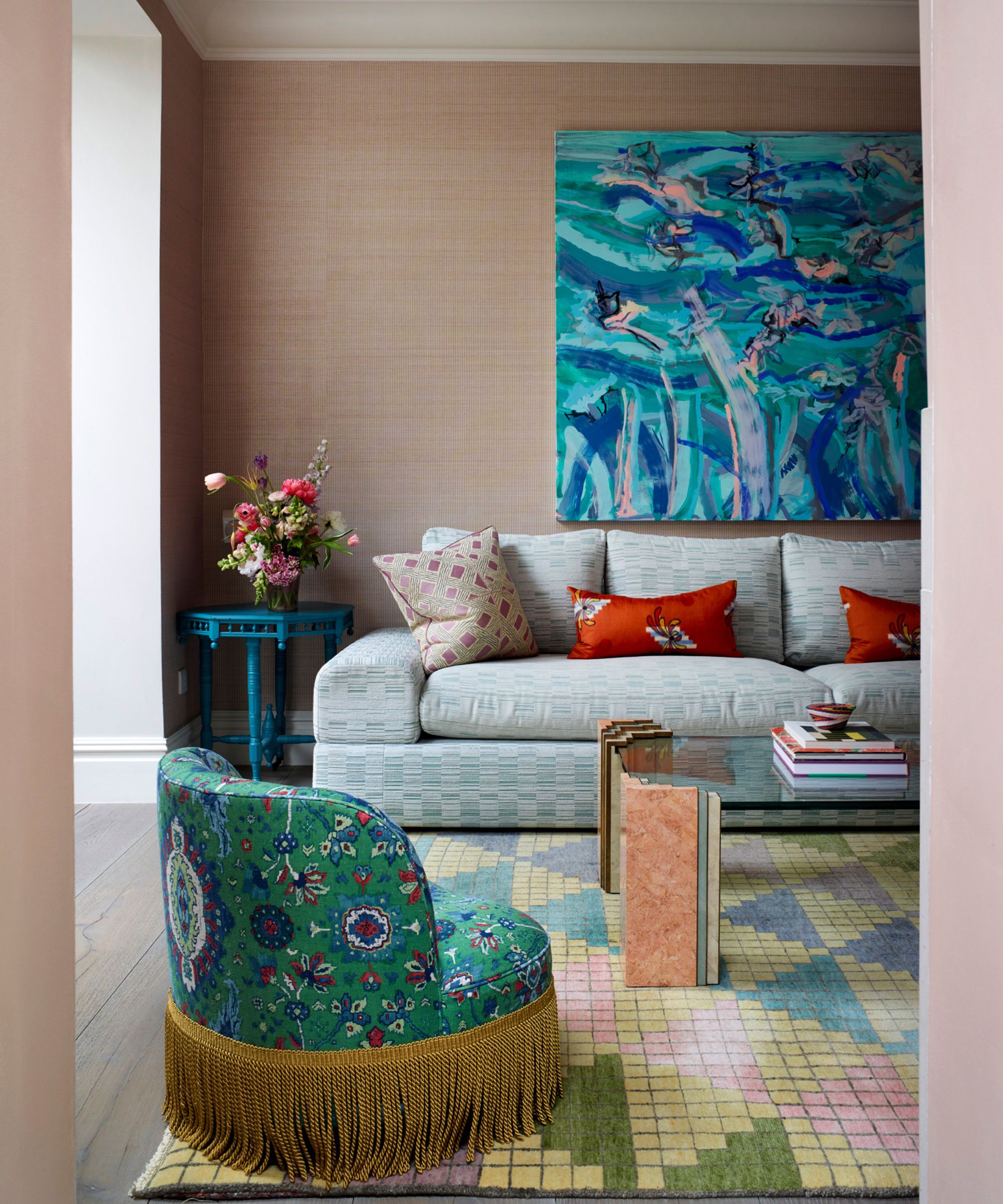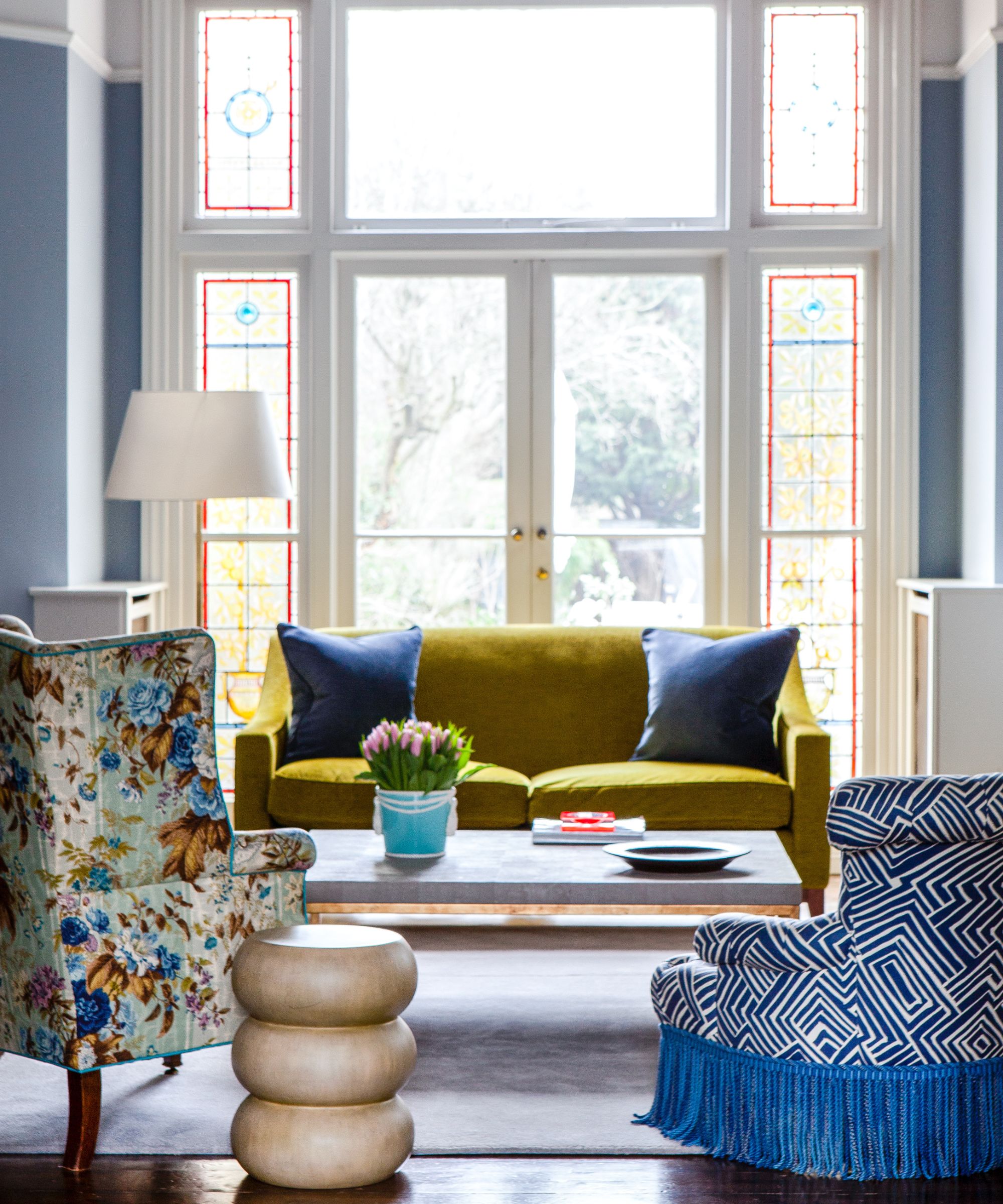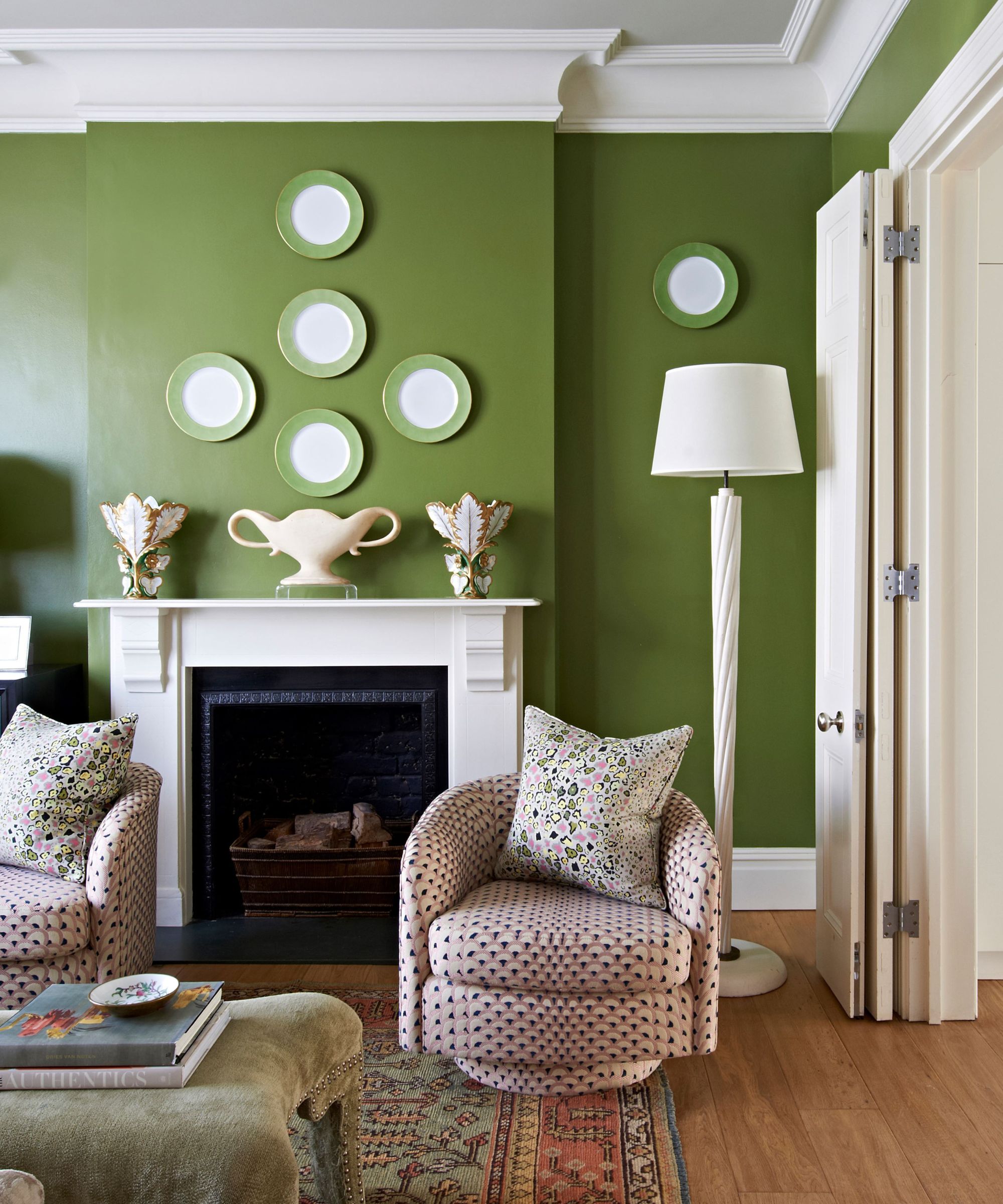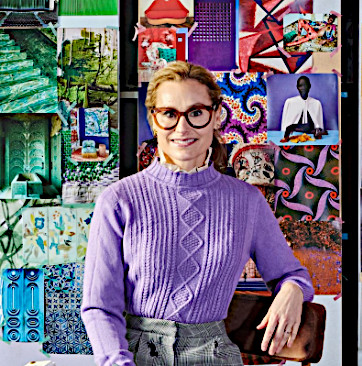I'm an interior designer and this is how I create living rooms that showcase your unique style
As an interior designer I don't always just want to leave my stamp on a room: it's important that my clients can show off their own personalities. This is how


The living room is arguably the most important room in the house. It is where we spend most of our time with family and friends. It is public-facing and often receives the lion's share of the soft furnishing and decoration budget.
I recommend taking an artistic approach when designing living rooms. It is a fun and exciting way to express yourself and showcase your unique style. The objective is to immerse yourself in a space that you love surrounded by objects that are meaningful. I can think of nothing better than to be enveloped by what you love. It is an equal privilege to be invited to share in someone else’s living space when it reflects who they are.
Here’s how you can get started on your very home personal living space.
1. Choose a color scheme that you love

... and apply the tones that are suitable for the room.
The living room colors for an evening space are different from ones used for day rooms. For example, if you want to create a cozy, relaxing atmosphere, choose warm tones.
Start by selecting a dominant color for larger spaces, such as walls and floor. The more layering you do in the same color, the more calming is its effect.
The use of natural woven wallpapers is transformative. Then be bold and take risks with contrasting color on accents like cushions, lamps, or objects such as planters, bowls, and books – like bright pinks with red or blues with purples.
Design expertise in your inbox – from inspiring decorating ideas and beautiful celebrity homes to practical gardening advice and shopping round-ups.
2. Try unexpected mixes

... simply because it brings you joy. A pop of bold color, like my Let the Light in acrylic tables may be the disruptor the room needs.
Personalize it further by including pieces that have sentimental value, such as finds from vacations, garage sales, inherited objects, even the children’s art from school.
These pieces ultimately bring the personality to a room.
3. Make it a space to 'hang out'

Comfort is essential to successful living rooms, so use furniture that is conducive for ‘hanging out’. The aim is for you and your guests to sit back, place drinks on tables within reach and preferably without coasters, use lights that can be dimmed to set a mood, and have chairs positioned to ‘talk’ to each other.
Think closeness, togetherness, warmth, and openness when designing. The aim is to stay; not perch and leave. Push through the temptation to make a reception room feel formal.
Use rattan furniture or patterned sofa fabric to bring in some playfulness to offset the public nature of these spaces. Consider incorporating lamps with lamp shades. They add more warmth in a room than a cashmere throw.
Don’t forget a place for speakers. Good music is a sure thing to create an atmosphere.
Bring small versatile seating that can be used to pull up to or create a cozy corner. I designed a chair called the Perfectly Small (above, in pic 1) for exactly this purpose.
4. Create a balance between form and function

Living rooms are meant for living. How you will be using a space creates the criteria for decisions. Will you watch TV, read, eat takeout, play games?
Aesthetic living room organization is needed for these activities. The choice of objects, a hierarchy of space planning and chosen materials all need to be considered. Bookcases, games tables, coffee tables are selected accordingly.
Start with function to develop the criteria. Then source an aesthetic solution within these parameters.
For instance, a coffee table for eating takeout and games could be one and the same. You need a larger space with hard surfaces, maybe even leg room should you choose to sit on the floor and get your legs under the table.
Choosing between freestanding and built in bookcases also has implications. How important is living room storage? Do you need it to be on show or hidden? The more you know about functionality, the easier it is to be clear about the decisions you make.
There are so many beautiful things in the world. Understanding why you have made your decision will increase your satisfaction and enjoyment. This makes good design.
5. Express yourself

Designing living spaces with artistic flair is all about expressing yourself and showcasing your unique style. Ask yourself: Does this room reflect who I am and share what I love? Do I want to be and stay here late into the night? Do I have what I need and know why I have made these choices?
If you can answer yes to these questions, you are on the path that is right for you. It is the only path that matters, after all.

Natalie Tredgett is an interior designer known for her inimitable use of color in combination with distinctive artworks. Natalie encourages her clients to express their own creativity within the projects she creates with them – a Natalie Tredgett designed space is a clear representation of the client with her unique perspective running through it. Natalie founded her studio in 2012 having established herself under design guru Nicky Haslam. She trained in Interior Design at KLC, has an MBA from the University of Edinburgh, holds a Bachelor of Art from the University of Western Ontario and has a background in management consultancy. Natalie Tredgett Design has recently moved to a new studio in the heart of Notting Hill, London.